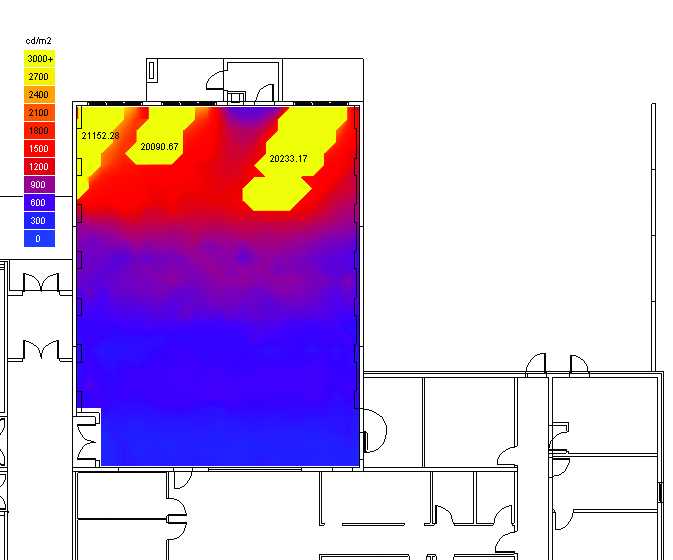Kalwall Corporation has developed a daylight engineering service, unveiled at Greenbuild 2012 in San Francisco, to help design/build professionals validate effective daylight plans when utilizing Kalwall translucent building systems. DaylightModeling.com is an informative new website, with sample 3-D renderings, videos, and reports available, along with information about services and technologies that allow architects and building designers to demonstrate the impact of daylighting designs and "what-if" alternatives to their clients.
“Sustainable design calls for daylighting strategies complying with recognized performance standards. But post-construction is not the time to discover glare, overly bright areas, dark spaces, or poorly balanced light levels,” said Kalwall International Sales Manager Amy Keller.
The service allows architects and designers to check their designs for compliance to net zero, LEED, ASHRAE 90.1, Standard 189.1, and IgCC standards. Just as traditional 3-D computer modeling shows a finished design’s appearance, site-specific daylight simulation demonstrates the impact of size, type, and placement of skylights, windows, or translucent wall systems. Computer-generated charts and light-level schematics simulate the effects of various daylighting alternatives, enabling designers to analyze how light will behave before plans are finalized.
Beyond the building itself, well-planned daylighting considers a number of issues. How will the structure be positioned relative to the topography or the points of the compass? What is the effect of local climate and the sun’s path? Might any proximate structures create an urban canyon at certain times? Are there mountains or trees nearby, or reflections off the surfaces of buildings or bodies of water? A daylighting design that is effective in one location simply may not be in another. How much daylight is needed? What about harsh glare and shadows? Too often, bright sunlight blinds occupants, overheats the space, or overworks the HVAC system. Using daylight simulation, designers can demonstrate potential problems while alternate design solutions are studied and compared to reveal better ways to daylight the space. +







